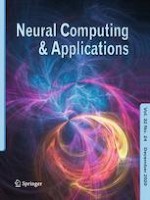05.11.2019 | Developing nature-inspired intelligence by neural systems
SC3: self-configuring classifier combination for obstructive sleep apnea
Erschienen in: Neural Computing and Applications | Ausgabe 24/2020
EinloggenAktivieren Sie unsere intelligente Suche, um passende Fachinhalte oder Patente zu finden.
Wählen Sie Textabschnitte aus um mit Künstlicher Intelligenz passenden Patente zu finden. powered by
Markieren Sie Textabschnitte, um KI-gestützt weitere passende Inhalte zu finden. powered by
